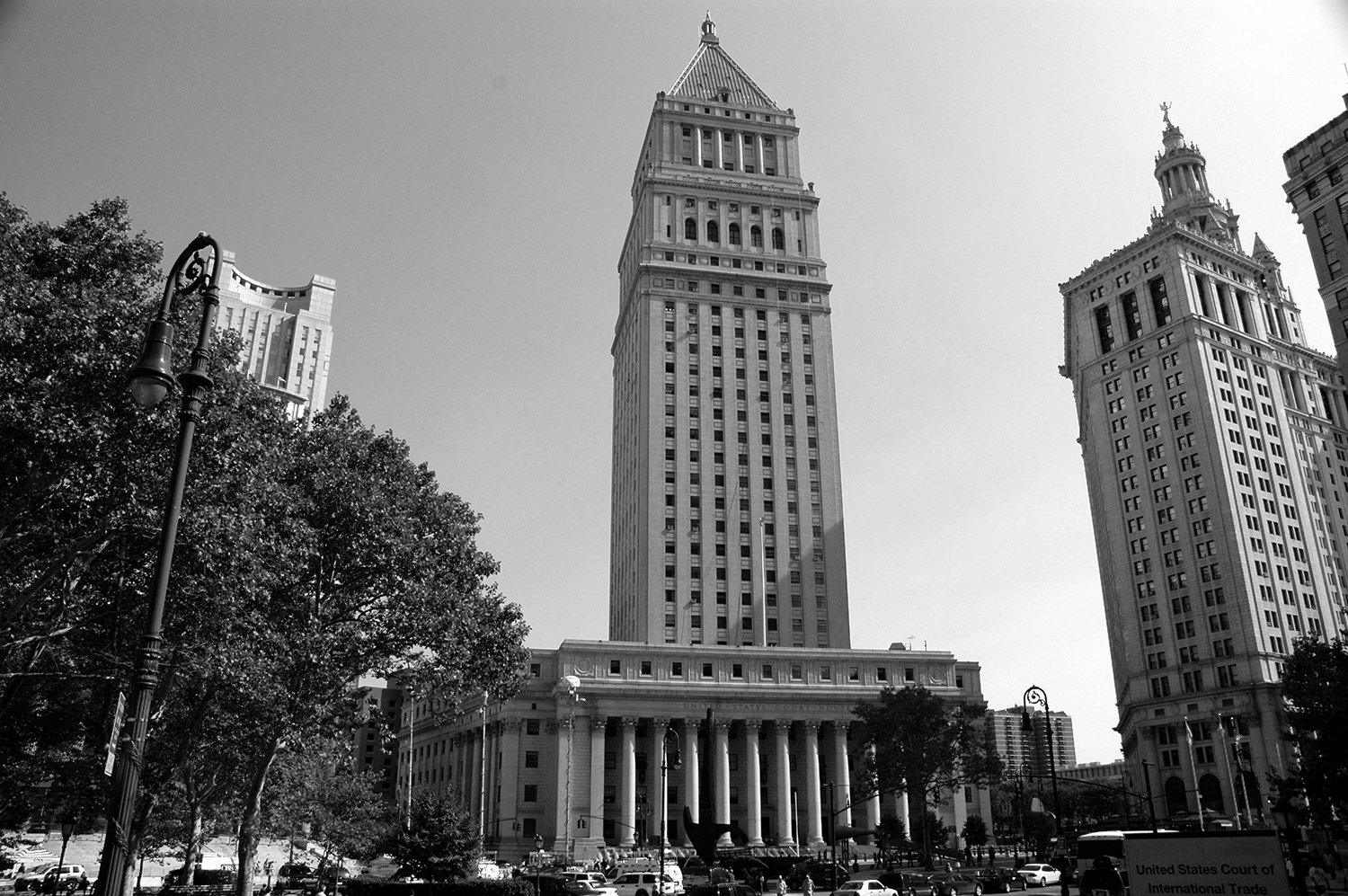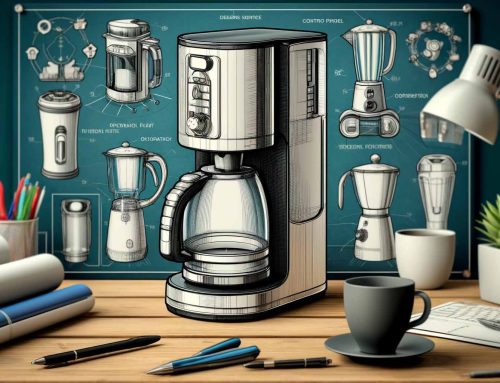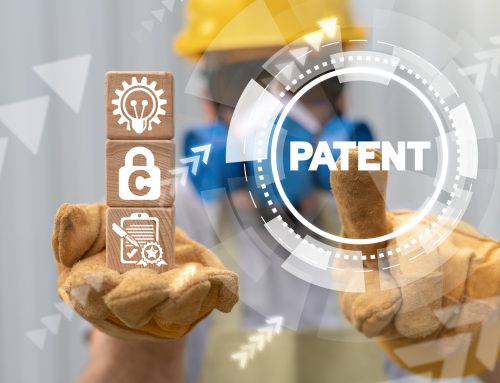Patent Attorneys Argue Appeal In IPR2016-00112
On Federal Court Appeal, No. 2017-1889, relating to an Inter Partes Review, IPR2016-00112 of a patent dispute. The Patent Trial and Appeal Board determined that the petitioner had failed to meet the legal standard to show that the claims of the patent, U.S. Patent 8,104,151 (hereafter “‘151 patent”) were unpatentable. The patent attorney for each side presented their arguments to the United States Court of Appeals for the Federal Circuit. The standard requires a high standard of the preponderance of the evidence. The ‘151 patent was directed towards a casket arrangement make of pliable materials. Pliable materials can include cardboard among other materials.
Matthews argued that the “casket body” is purely language of intended use. If the term “casket body” is only intended use, then the term should be afforded no patentable weight. As a patent attorney, I agree with the Court that disagreed. The term casket body is clearly a structural term. The dictionary definition of “body” is a physical structure of a person or an animal. However, in the intellectual property word, body extents to any physical structure.
The ‘151 Patent Claims provide, inter alia:
A casket arrangement having a first configuration and a second configuration, comprising:
a bottom panel formed of a pliable material;
side panels formed intrinsically with the bottom panel of the pliable material, each side panel including a lower section and an upper section foldably attached thereto, the lower section extending vertically upward from the bottom panel, the upper section in the first configuration extending upward from the lower section and in the second configuration extending in a direction other than vertically upward from the lower section;
end panels formed intrinsically with the bottom panel of the pliable material, each end panel including a lower end panel, and an upper end panel, the lower end panel extending vertically upward from the bottom panel and fixed in position, the upper end panel in the first configuration extending upward from the lower end panel and operably coupled to the upper section of at least one side panel, and the upper end panel in the second configuration extending in a direction other than vertically upward from the lower end panel; and
wherein the bottom panel, the side panels and the end panels form a casket body at least in the first configuration.
Interestingly, a body obviously could have referred to a deceased human body. However, I think the ‘151 patent makes clear to any patent attorney that the intended definition of “casket body” is directed towards a container for receiving a body of the deceased (human body or animal body). On a cursory review, FIG. 5 refers to element 11a and 11b, which is presumably a portion of the casket body, however, there does not appear to be an element 11a or 11b in the patent application.
The Appeals Court considered the arguments and held Matthew’s arguments unpersuasive. The Court affirmed the Board’s claim construction, with the exception of the construction of the word “deceased” to include bodies other than human. It appears that the Court extended the definition of deceased to include humans and animals.
If you need to contact a patent attorney, do not hestitate to contact Tucker Law. Don’t Just Lawyer Up, Tucker Up ®.







